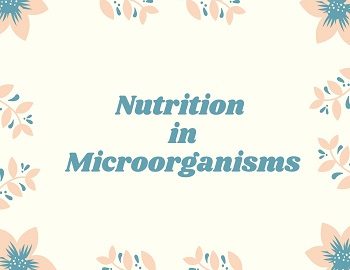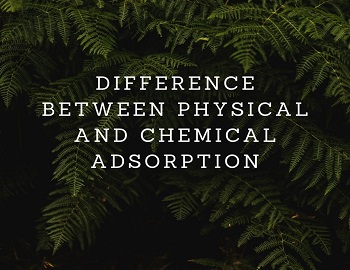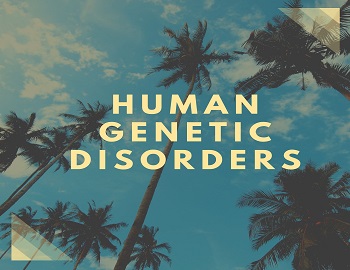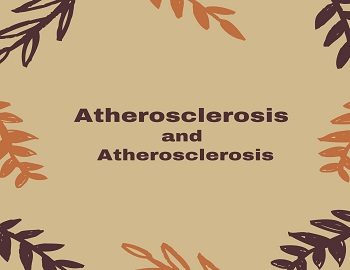Nutrition in Microorganisms:
Microorganisms are the small unicellular or multicellular organisms that derive nutrients from a variety of ways as given below-
- Photosynthesis- A few bacteria (Chlorobium) and cyanobacteria and algae are photoautotrophs. They can prepare their food using radiant light and CO2.
- Decomposition- The saprophytes (many bacteria, fungi and actinomycetes) are the saprophytes as they decompose dead organic materials. They secrete substrate-specific enzymes outside their cell wall such as cellulase (for decomposition of cellulose), pectinases, proteases, amylases (for decomposition of starch), etc. and results in elemental forms. The simpler forms of substrates are taken up by the microorganisms for their energy production and various activities.
- Pathogenesis- The parasites attack the living organisms (both plants, animals and microbes) and cause disease in them. The living tissues are degraded. Thus they derive nutrients from the living hosts.
- Symbiosis- Certain microorganisms (Rhizobium, Frankia, mycorrhizal fungi) develop a symbiotic association with plants and derive instant photosynthates of plants that normally lack in the soil such as sucrose, fructose and glucose. In turn, they provide plant nitrogen, phosphorous, zinc and other trace elements.









Comments (No)